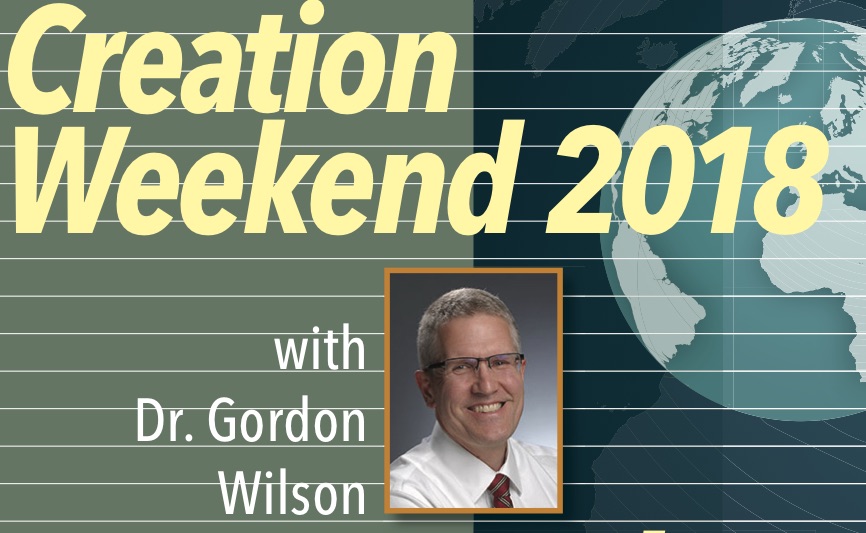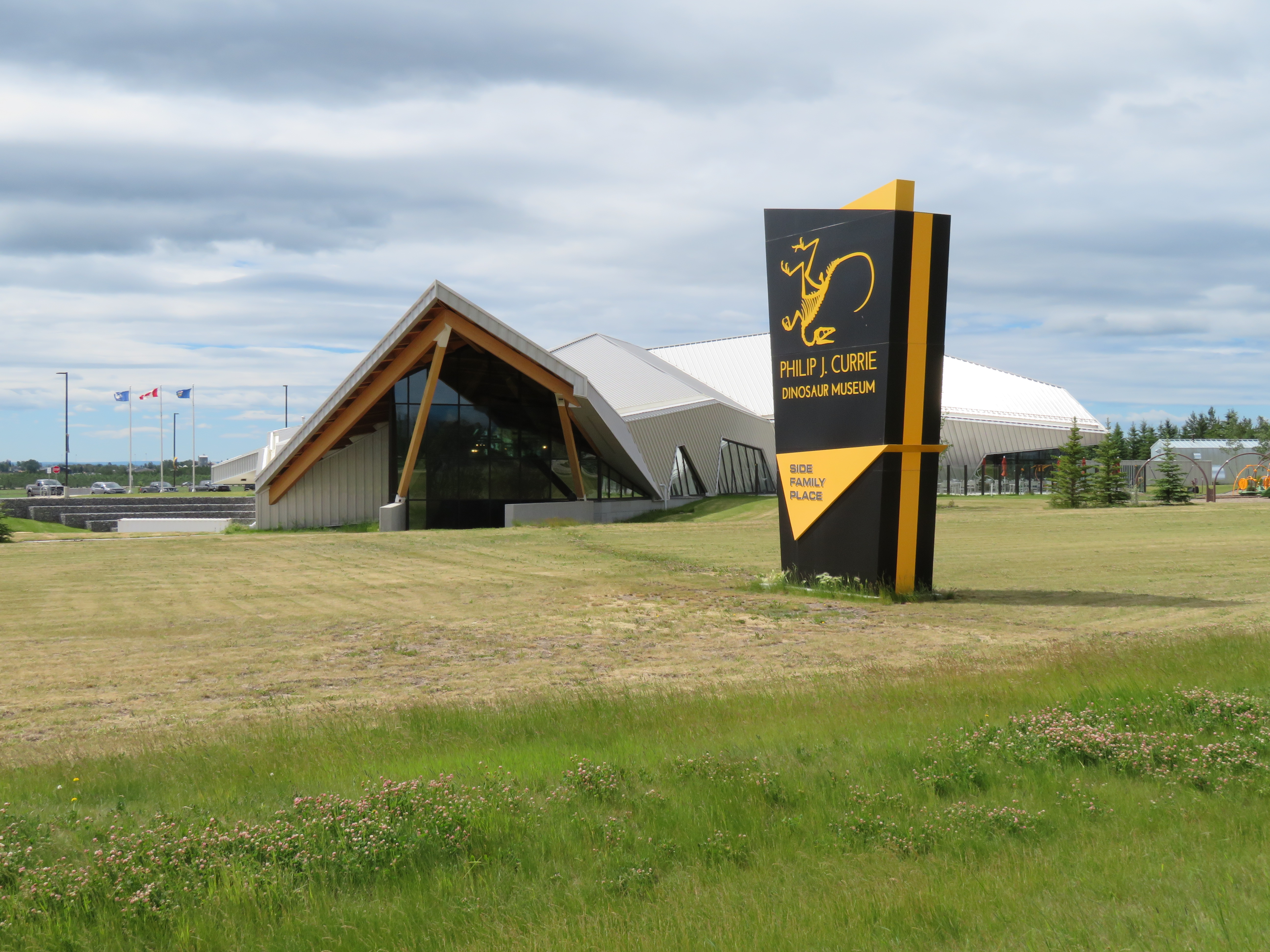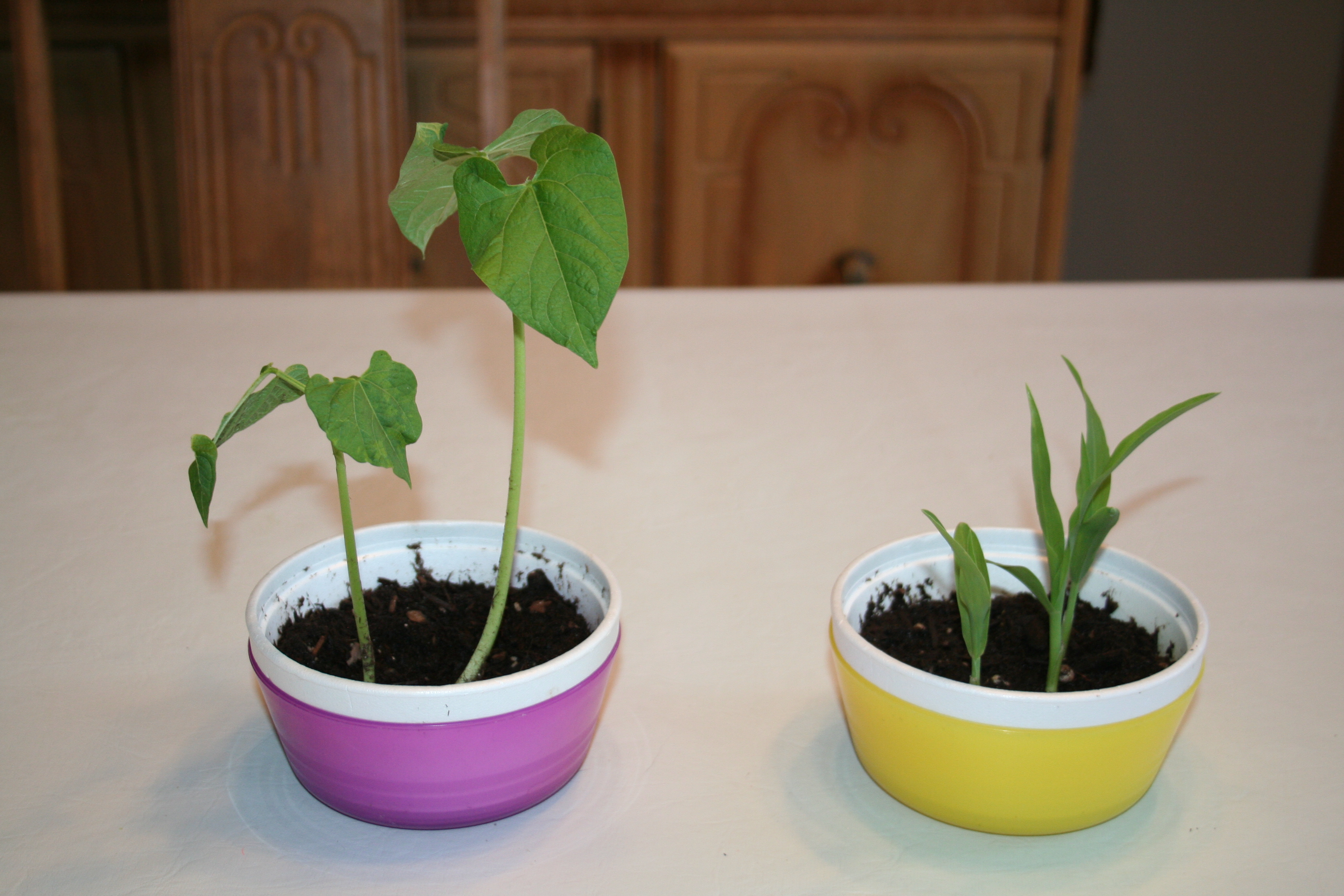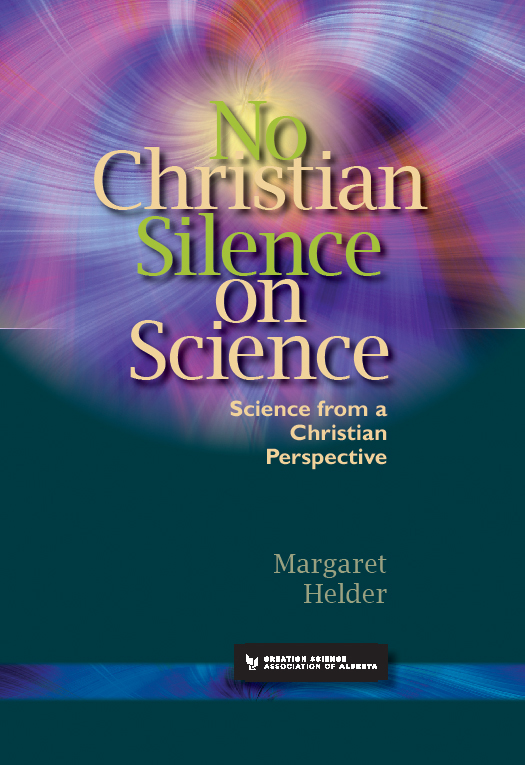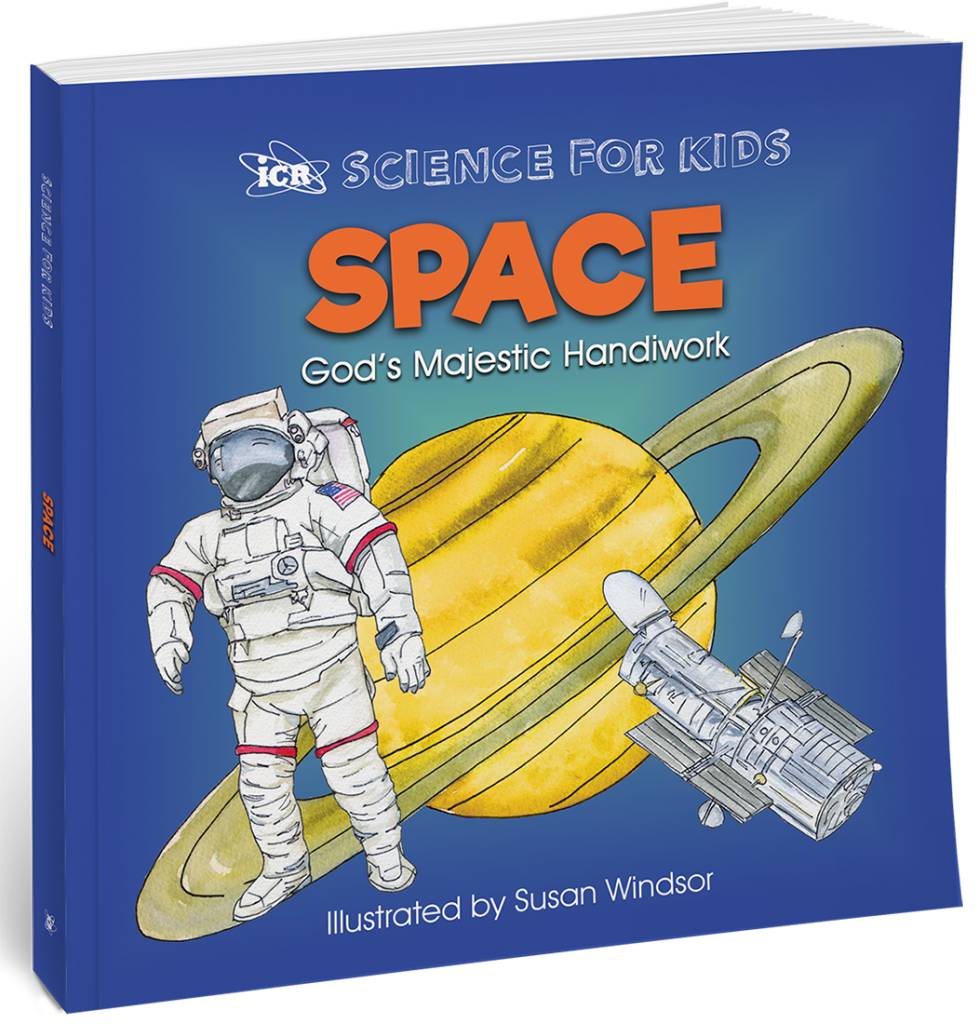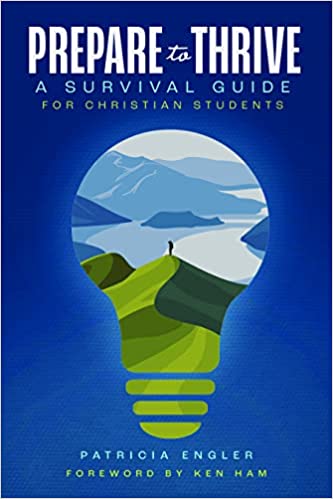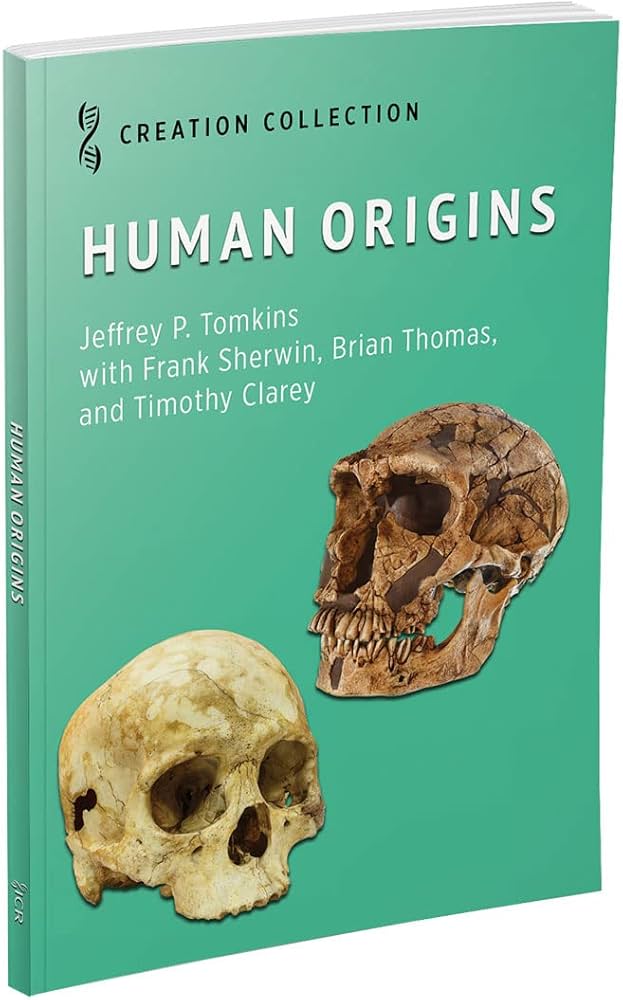Dialogue 2018 #2
Creation Weekend 2018 October 26 & 27
The Creation Science Association of Alberta is excited that our featured speaker for Creation Weekend 2018 is Dr. Gordon Wilson of New St. Andrews College in Moscow, Idaho. Dr. Wilson’s enthusiasm for biology is infectious and the topics which he will present are ones that are very relevant to our lives as Christians today.
Tree sloths are one of the strangest families one could imagine and seem to have very little in common with any other animal kind (Edmonds, p. 38). They are the world’s only inverted quadruped (Cooke, p. 52). Sloths are almost comically slow-moving mammals, deliberately moving so slowly that it looks like a movie of them is being played in slow motion. Neither prodding nor threats will make them move much faster, partly because when on the ground, their small legs are so weak that they have to drag their heavy middle along the surface (Cooke, p. 51). A tortoise would easily beat them in a race. Their cruising speed is a mere 0.19 miles per hour, but they can climb a tree at a fairly good clip, for a sloth that is. They often sleep, or appear to sleep, one cannot always tell, about 10 hours a day in trees in the Central and South America rain forests. In contrast to most mammals, they are neither strictly nocturnal nor diurnal, but frequent nappers instead (Hoke, p. 88). Read the rest of this entry »
My husband and I recently visited the Philip J. Currie Museum at Wembley in northwestern Alberta. The rationale for building this beautiful new facility was the Pachyrhinosaurus bonebed at nearby Pipestone Creek. This horned dinosaur is very interesting, known from bonebeds in Alberta and the north slope of Alaska. The museum did not display a model of the highly concentrated bone bed (up to 200 bones per square metre), nor a skeleton of Pachyrhinosaurus, nor a model of the creature (that I saw). They did however display different sizes of one kind of arm bone to illustrate that animals of all ages were overtaken by the same watery catastrophe. Read the rest of this entry »
Two “teams” of plants compete for popularity
One evening after dinner at our Opa and Grandmum’s house, Grandmum told us that we were going to do an experiment called Monocot “Meanies” vs. Dicot “Dreamers”. We each took two styrofoam bowls and put holes in the bottom, and then put in some soil. In one bowl, we planted two soaked bean seeds and two dry bean seeds. In the other bowl, we planted two soaked corn seeds and two dry corn seeds. Grandmum said, “Some plants are Monocot Meanies and others are Dicot Dreamers.” She didn’t tell us which was which, but that we would know when they came up. Read the rest of this entry »
Margaret Helder has developed a guide to enhance the learning opportunities and appreciation of the message in her book (which is to encourage everyone to critically evaluate scientific pronouncements). For each chapter there is a brief overview statement. Brief paragraphs follow for each subsection in each chapter with key concepts introduced. There follows for each chapter a list of questions, many of them involving the key concepts. The next section provides detailed answers for each question. A sure to be popular section follows on resources. These are provided under topical headings. Books, articles (all obtainable) and especially video clips on-line, are certain to be useful for any biological studies, not just for this book. Lastly for each chapter, a section on extension is provided. This booklet of about 60 pages, will be available on line (free download) and in hard copy. Inquire through our website for your copy as soon as it is available.
We have seen it so many times. Eager children dance around their mother as they proceed to pick out books from the public library. The books all look so appealing! Little Johnny is a space fanatic since he has just acquired a new telescope. Ah, here we go, nice books on space! But mother shakes her head. Maybe we can find a book somewhere else that provides better information on space, information that conforms to the biblical record. Well, look no further! Institute for Creation Research has produced a very nice introduction to space for children of kindergarten age to grade 5. Read the rest of this entry »


